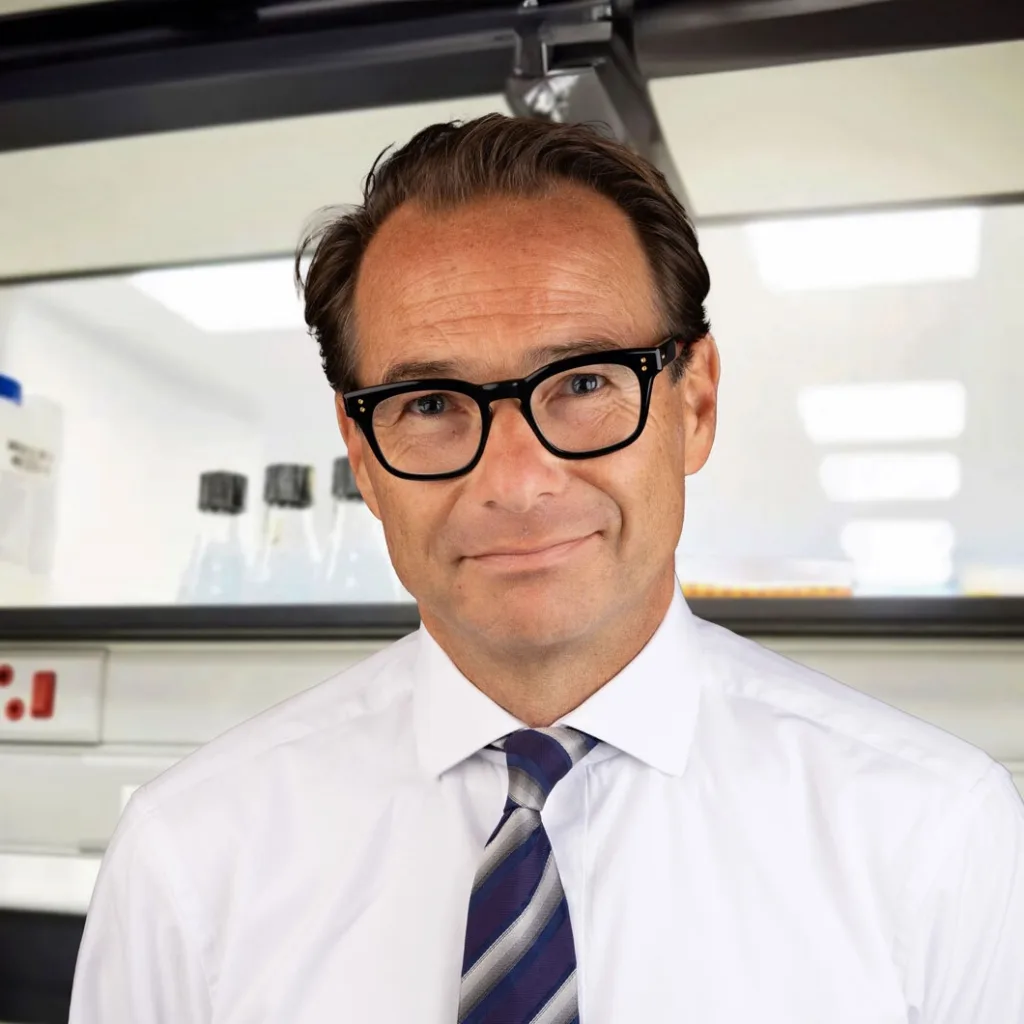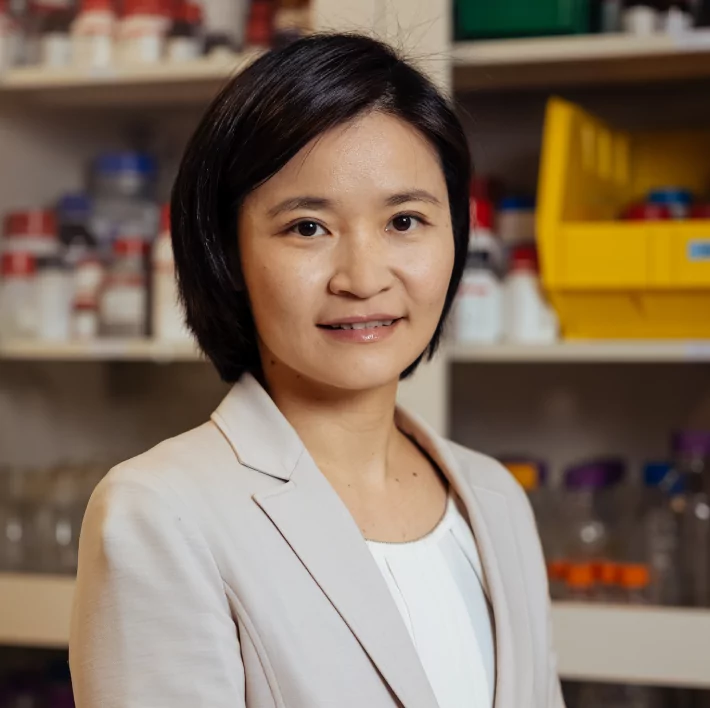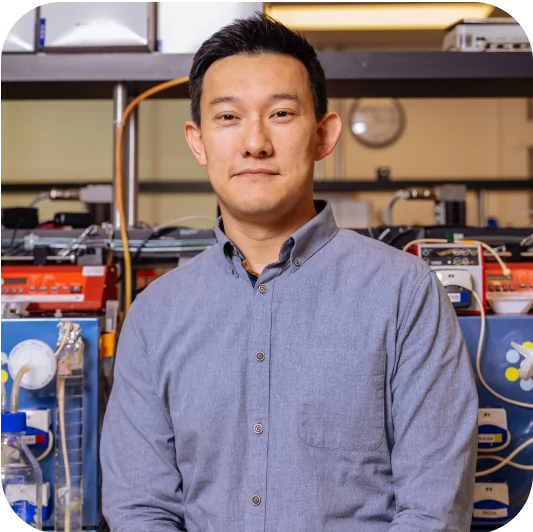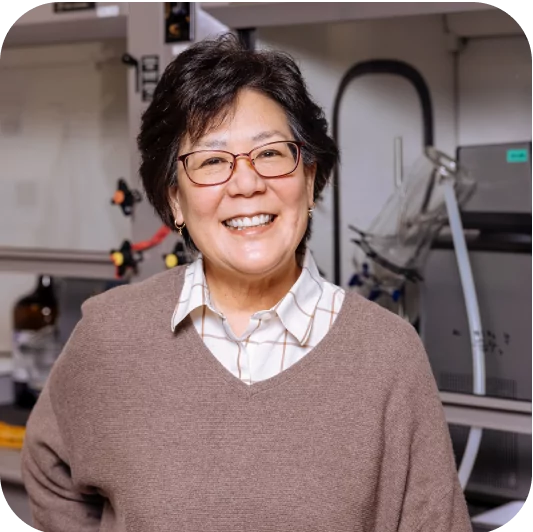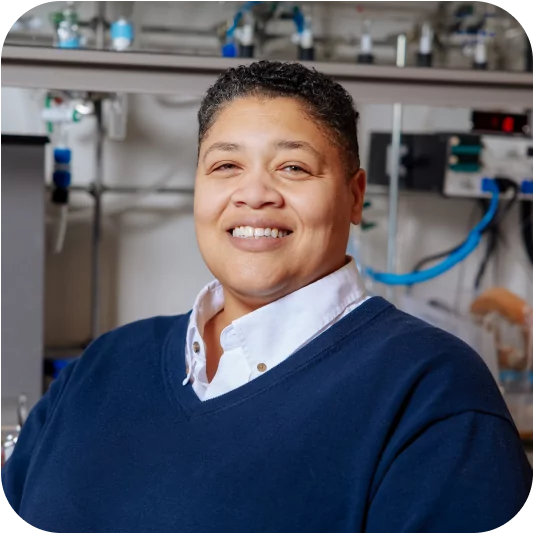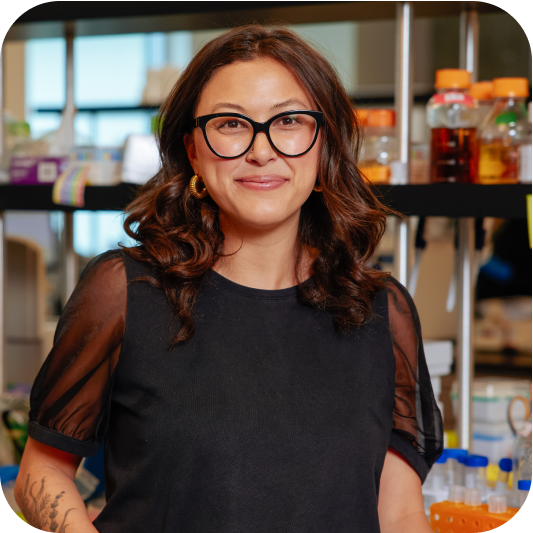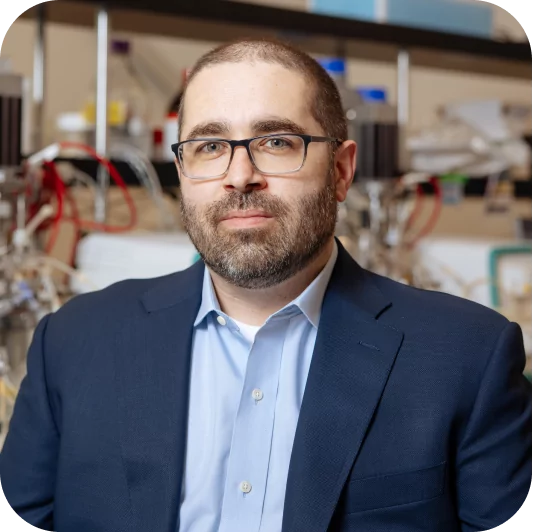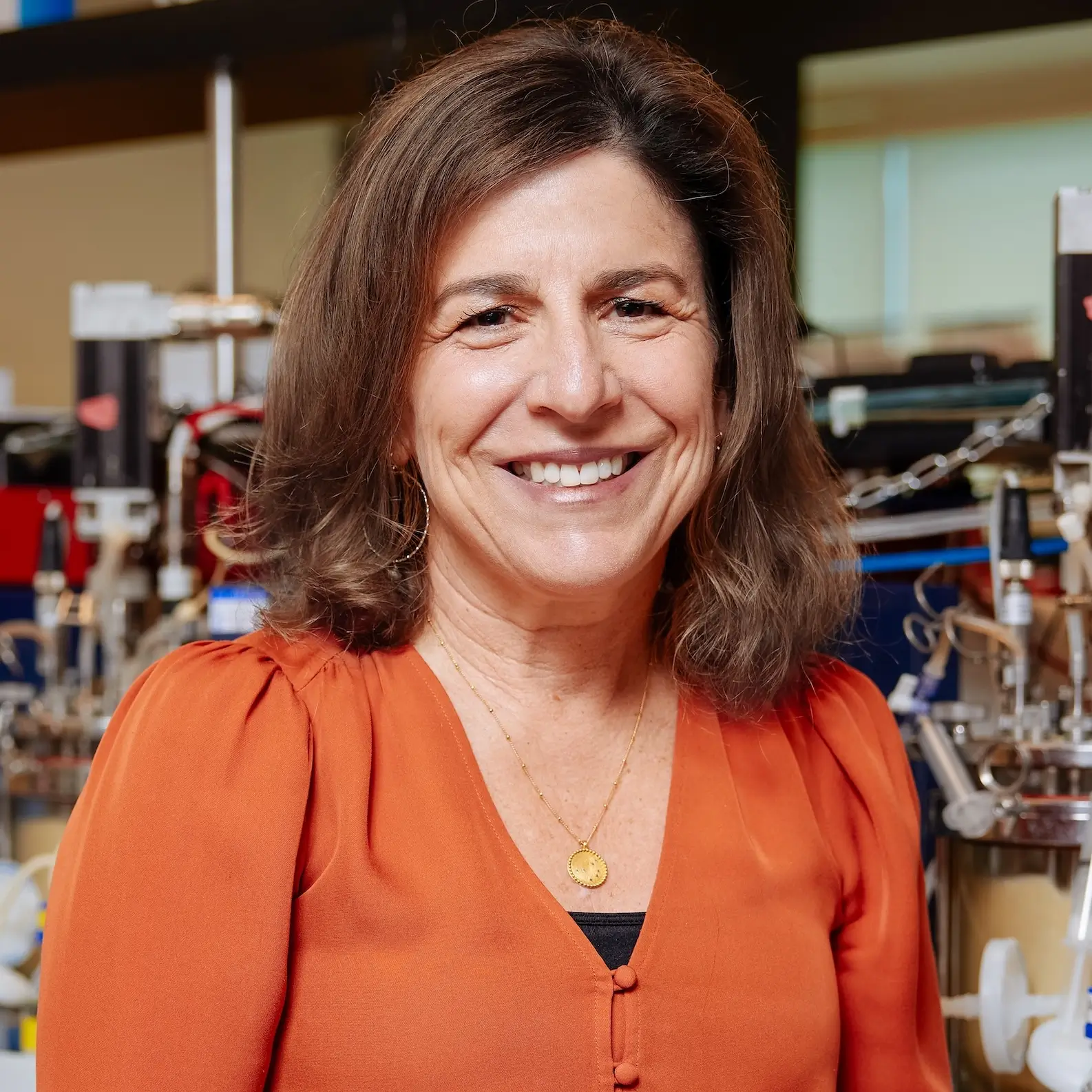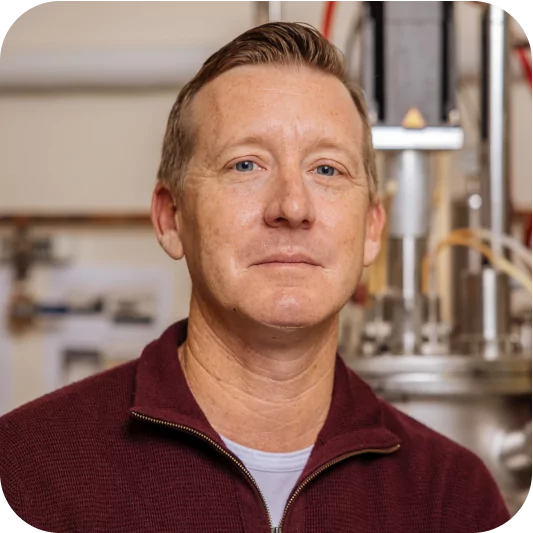It’s a momentous day for my research team at Stanford University. Today, we’ve announced a new paper published in Nature that describes the first successful microbial biosynthesis of the tropane alkaloids hyoscyamine and scopolamine.
Why is this significant? Hyoscyamine and scopolamine are neurotransmitter inhibitors found in nightshade plants. These inhibitors are deemed essential medicines for their ability to treat a wide range of conditions from neuromuscular to intestinal disorders. However, hyoscyamine and scopolamine, like many other essential drugs, are sourced through crop farming, which means their supply chains are vulnerable to risks such as environmental disasters that impact agricultural conditions. These supply chains are also inflexible when faced with unexpected spikes in demand, like those caused by global health crises, which makes it impossible to fulfill production needs in real time. Ultimately, this reliance on crop farming can – and does – leave healthcare professionals without the drugs they need to treat patients.

In this paper, we’ve demonstrated that a fermentation-based approach can be a viable alternative to crop farming for producing tropane alkaloids, highly complex and valuable medicinal molecules. In doing so, we’ve also shown that yeast and bioengineering can manufacture these medicines — they no longer need to be cultivated directly from plants. This paper validates the potential for synthetic biology to realize an advanced manufacturing model for more efficient, consistent, and higher-quality global medicine production – for tropane alkaloids and likely, many other essential medicines. This is an important milestone for the pharmaceutical industry and also a signal that the vast potential of synthetic biology is beginning to be realized and can continue to flourish across other industries and applications.
If you’re interested in digging in deeper, read our paper in Nature, an article from Stanford, and the press release from my team at Antheia. If you’d like to talk more about the research that culminated in this paper, let’s connect on LinkedIn and I’d love to discuss further.
